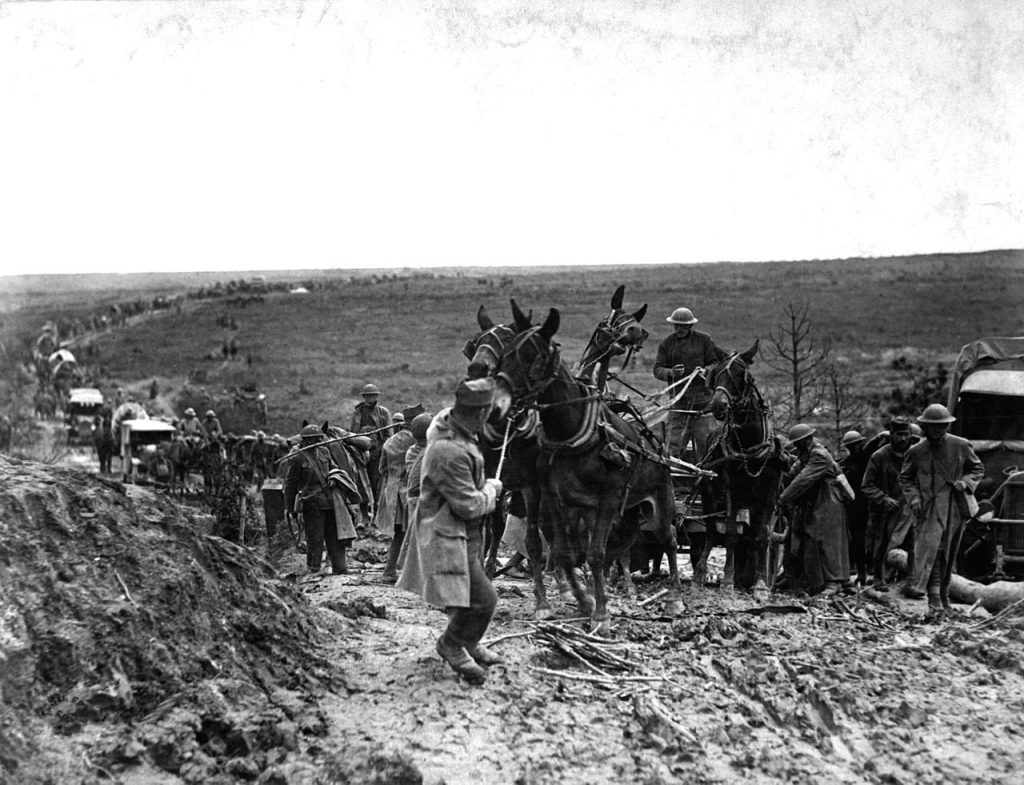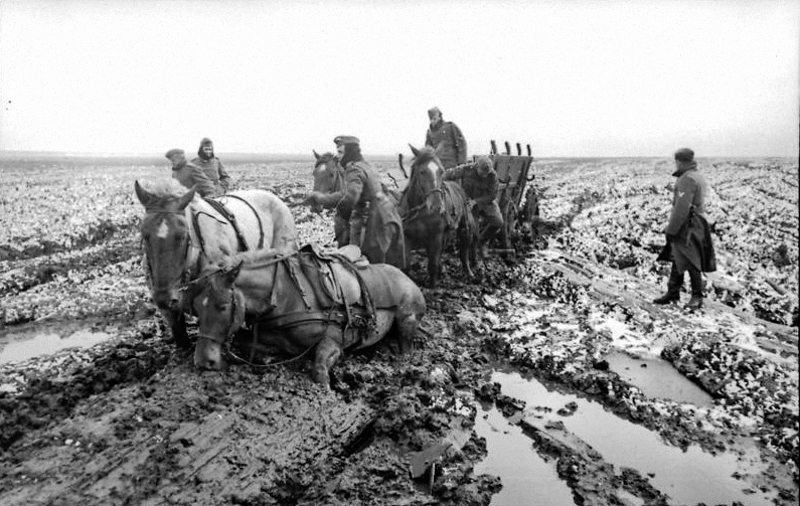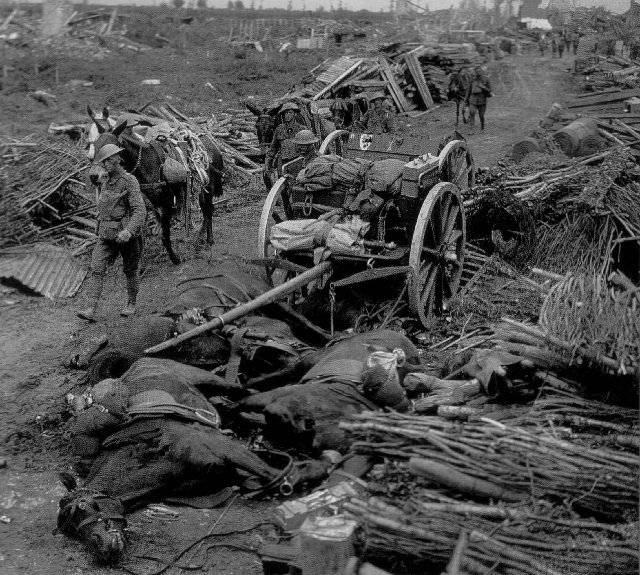World War II is an epoch in history filled with tales of valor, resilience, and sacrifice. While we often focus on the human heroes who played pivotal roles during this global conflict, there is another group of unsung heroes that deserve recognition – the horses. As we delve into the annals of history, you’ll explore the poignant question: How many horses died in World War II?
Estimates suggest that approximately 2 to 5 million horses, donkeys, and mules died during World War II. Unlike World War I, there is no definitive figure available for the number of equine casualties in World War II.
So, Let’s start the journey together.
The Role of Horses in World War II

Cavalry: Some countries, notably the Soviet Union and Poland, maintained traditional cavalry units at the beginning of the war. These units used horses as a means of transportation and for mounted charges. However, its role became less significant as the war progressed due to the increasing importance of mechanized units.
Transportation: They were still used for logistical support and transportation, especially in areas with poor infrastructure. They were employed to move supplies, artillery, and troops over rugged terrain, where vehicles had difficulty operating.
Artillery: Further, they were used to tow artillery pieces, such as howitzers and cannons, particularly in situations where motorized vehicles were not available or suitable.
Communication: Also, employed for messenger duties, especially in areas where radio communication was unreliable or intercepted. They were crucial for relaying messages and orders between units.
Partisan and Resistance Movements: In various countries, resistance movements used them for guerrilla warfare and hit-and-run tactics, as they were easily concealed and provided mobility in areas with limited road networks.
Agriculture: In some occupied or war-affected regions, they continued to be essential for agricultural purposes, ensuring a food supply for both military and civilian populations.
Psychological Impact: At last, remained important for their psychological impact. They were a source of comfort and morale for troops, and their presence often provided a sense of normalcy and familiarity amid the chaos of war.
The Number of Horses in World War II
| Country | Role and Usage | Estimated Number of Horses Used |
| Soviet Union | Extensive use for transportation and cavalry units | 10 to 12 million |
| Germany | Logistical support and transportation, primarily on Eastern Front | 2 to 2.75 million |
| Poland | Considerable use in cavalry units at the start of the war, role diminished later | – |
| United Kingdom | Artillery towing, transportation, limited compared to other nations | Approximately 1.75 million |
| United States | Limited use for ceremonial and logistical purposes, mechanization underway | – |
| Other Nations | Varied usage, primarily in support roles | – |
The Fate of Horses in World War II
Soviet Union: Many served on the Eastern Front, some survived and were repurposed for civilian use.
Germany: Used primarily on the Eastern Front, some were captured, and others perished in harsh conditions.
Poland: Cavalry units saw heavy losses, and surviving horses were repurposed or returned to civilian life.
United Kingdom: They were used for transportation and often returned to civilian life, while others continued in ceremonial roles.
United States: Relied less on horses, and repurposed them for civilian use or retirement.
Other Nations: Varied fates, many were repurposed for civilian life or allowed to graze freely.
Aftermath and the Decline of War Horses
After World War II, the fate of war horses took a turn. The decline of war horses had been happening for some time due to the growing use of machines in the military. It accelerated this change. Many surviving war horses were repurposed for civilian work, like farming and transportation. Some were sold or given away, which helped reduce the cost of keeping them.
Sadly, a lot of them were euthanized because the military didn’t need them anymore, and it was expensive to care for them. A few, especially those in ceremonial units or with historical importance, continued to play symbolic roles in military and state events.
However, the most significant outcome was the shift to using machines like tanks and trucks, which were more effective in war. This marked the end of horses’ role in modern warfare. Despite this change, their legacy lives on through monuments, memorials, and gratitude for their service and sacrifices.
Casualties and Losses

Combat: They used on the front lines were exposed to the direct dangers of combat, including artillery fire, small arms fire, and the chaos of battle. Many were killed or injured in the crossfire.
Terrain and Weather: often operated in challenging and adverse environments, such as the Eastern Front, where extreme cold, deep snow, and mud made conditions difficult. Many horses perished due to exposure, frostbite, or exhaustion.
Disease and Illness: They like humans, were susceptible to diseases and illnesses. Poor living conditions and the stress of war made them more vulnerable to health issues.
Food and Supplies: Securing adequate food and supplies for them during wartime could be a logistical challenge. Shortages of forage and other essentials could result in malnutrition and weakness among horses.
Overwork and Fatigue: The demands of war often meant that they were overworked and fatigued, leading to physical breakdown and injury.
Capture: In some instances, they were captured by opposing forces and repurposed for their own use.
FAQs
Which war had the most horse deaths?
World War I saw the highest number of horse casualties, with approximately 8 million equines perishing.
How did horses die in WW2?
Horses in WW2 died due to combat, harsh weather, disease, overwork, and capture by opposing forces.
How many animals died during WW2?
Estimates suggest that between 2 to 5 million horses, donkeys, and mules perished in World War II.
How many British horses died in WW2?
Approximately 1.75 million horses were used by the British during World War II, and a portion of them suffered casualties.
Who was the greatest war horse?
There have been many notable war horses throughout history, but “Comanche” from the Battle of Little Bighorn is often considered one of the most famous war horses.
Were horses killed after WW1?
Many horses were euthanized or sold after World War I due to the reduced military need for them and economic factors.
Final Words
To wrap up, the number of horses that perished during World War II remains a poignant and unanswered question. Estimates, ranging from 2 to 5 million equine casualties, hint at the staggering toll this global conflict took on these silent, steadfast companions of the battlefield.
Moreover, These horses, donkeys, and mules may not have received medals or recognition, but their contribution to the war effort was immeasurable. They navigated treacherous terrains, hauled heavy artillery, and provided comfort and courage to soldiers amidst the chaos of war. As you reflect on their sacrifice, it’s a testament to the silent heroes that history sometimes overlooks.

